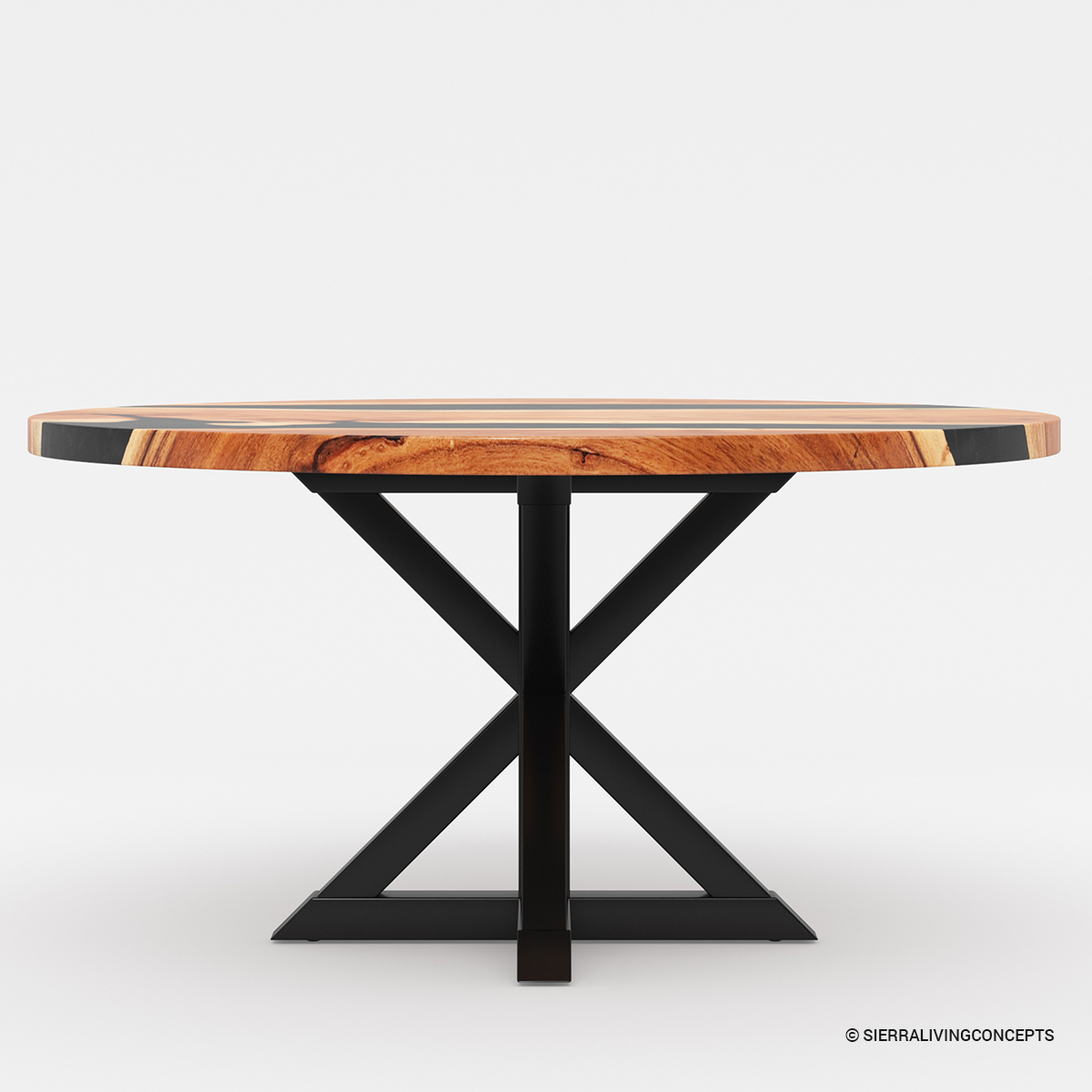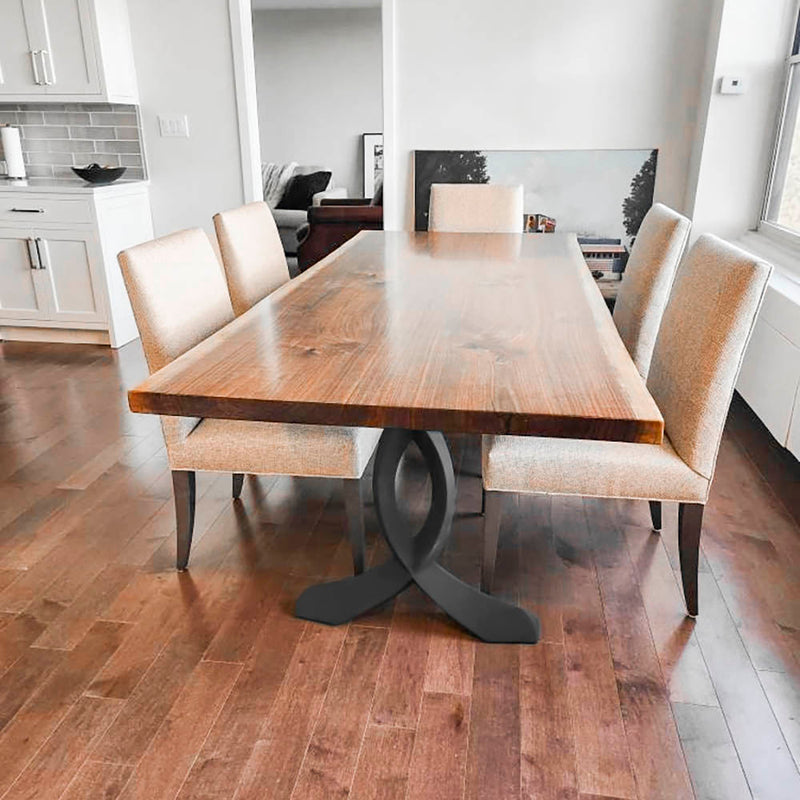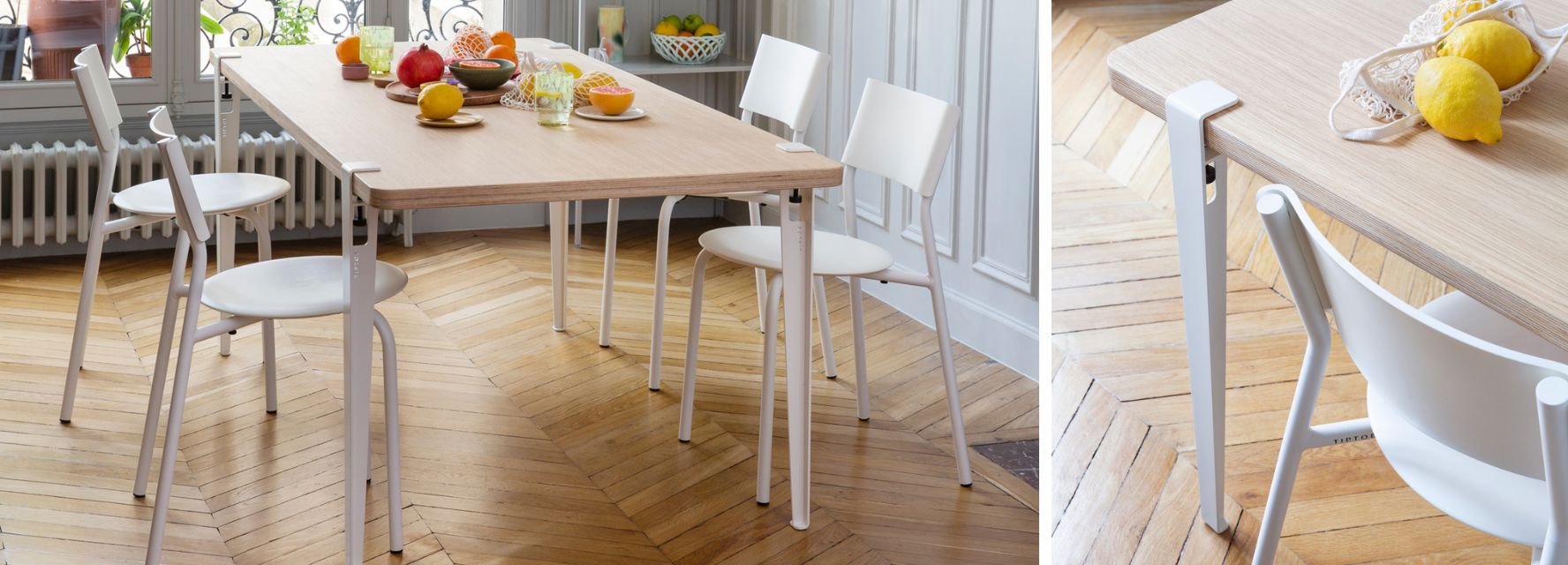Why Dining Room Table Legs Are Crucial for Your Table’s Stability
Why Dining Room Table Legs Are Crucial for Your Table’s Stability
Blog Article
Exactly How to Choose the Perfect Dining-room Table Legs for Your Home Decoration
Selecting the excellent dining area table legs is a nuanced process that needs careful consideration of different elements, including your space restraints, visual choices, and useful needs. The interaction in between materials, designs, and dimensions can considerably influence the ambiance of your eating location, making it important to approach this decision carefully.
Assess Your Dining Room
Assessing your eating space is essential for picking the right table legs that match both aesthetic appeals and functionality. Begin by gauging the dimensions of your eating location, including ceiling elevation, flooring area, and closeness to various other furniture. This info will aid identify the appropriate dimension and height of your table, which straight affects the option of table legs.
Next, think about the style and layout of your eating area. For example, an open-concept style might profit from table legs that offer visual agility, such as slim metal or acrylic options. Conversely, a more standard setting may ask for durable wood legs that supply a feeling of permanence.
Assess the existing shade scheme and materials in your eating location. Harmonizing the table legs with these elements produces a natural look that enhances the total decoration. Furthermore, think of the functionality called for in your room. For example, if you regularly hold big gatherings, think about legs that give additional support and security.
Inevitably, an extensive evaluation of your eating area will direct you in making an informed decision, ensuring that your table legs not only boost the visual appeal however additionally serve functional purposes.
Consider Your Design Preferences
When picking dining-room table legs, it is important to review your individual style preferences, as they considerably influence the total aesthetic of your eating area. Your option of table legs can either complement or comparison with existing décor, making it vital to straighten them with your preferred indoor design style.
If your home leans in the direction of a modern-day visual, consider smooth metal or minimalist wood legs that supply a clean, minimalist look. For a more traditional strategy, luxuriant wooden legs with detailed carvings can include a touch of beauty and elegance. Industrial styles benefit from durable, resources such as reclaimed wood and steel mixes, showing a rugged beauty.
In addition, farmhouse and rustic styles often favor strong, chunky legs that evoke a sense of warmth and convenience. On the other hand, if your décor is diverse, you could pick non-traditional shapes or a mix of products to create aesthetic interest.

Evaluate Product Options
The choice of product for eating area table legs plays a crucial role in both resilience and visual appeal. Usual products consist of wood, steel, and composite alternatives, each offering unique characteristics that can affect the overall appearance and longevity of your table.
Wood is a traditional choice, understood for its heat and flexibility. Woods like oak and walnut provide extraordinary toughness and can be finished in various stains to match any type of style. However, softwoods like pine are extra prone to scrapes and dents, making them less ideal for high-traffic areas.
Metal legs, frequently crafted from steel or aluminum, exude modernity and commercial charm. They are imp source immune and very resilient to wear, making them ideal for families with youngsters or regular events (dining room table legs). Furthermore, metal can be ended up in numerous colors, improving the customization opportunities
Composite products, such as MDF or laminate, offer cost and varied designs. While generally much less resilient than strong wood or steel, they can still provide a trendy look and are often easy to maintain.
Ultimately, the product you select should align with your way of living, aesthetic choices, and the level of use your table will certainly experience.
Determine Height and Dimension
Picking the suitable elevation and size for your eating room table is important for both functionality and comfort. The conventional height for eating tables usually ranges from 28 to 30 inches, allowing adequate legroom for most individuals when seated. Nevertheless, it is important to consider the measurements of your eating room and the kinds of chairs you prepare to use.

Additionally, take into consideration the proportions of your eating area. A bigger table in a large area can develop a grand atmosphere, while a smaller sized table works well in more intimate settings. Inevitably, the best height and dimension will certainly integrate with your overall design and improve the eating experience for you and your visitors.
Explore Customization Opportunities

Furthermore, the layout of the legs can be personalized to fit different designs, such as rustic, contemporary, or commercial. Tapered legs can stimulate a mid-century modern feeling, while chunky, block-style legs may reverberate with conventional or farmhouse decor.
House owners can also discover shade coatings, from natural timber discolorations to repaint, enabling them to match or contrast with the table top and bordering decoration.
Moreover, leg elevation can be adapted to accommodate particular seating arrangements or personal choices, enhancing both convenience and functionality.
Last but not least, special decorations, such as makings or attractive brackets, can additionally personalize the table legs, making the eating experience not simply a dish however a statement item in the home. By thinking about these personalization alternatives, home have a peek at these guys owners can produce a dining-room table that genuinely shows their uniqueness.
Conclusion
Picking the optimal dining room table legs calls for cautious factor to consider of different aspects, consisting of the dimensions of the dining space, design preferences, material toughness, and desired elevation. Customization choices further improve the capability to attain a natural visual that complements the total style. By methodically reviewing these components, homeowners can guarantee that the selected table legs not only meet functional demands however additionally add positively to the eating experience and ambiance of the home.
Choosing the suitable dining room table legs is a nuanced process that needs cautious factor to consider of numerous elements, including your space restraints, visual choices, and practical demands.Analyzing your eating space is crucial for selecting the right table legs that complement both aesthetics and performance.When determining size, measure the area where the table will certainly be put to ensure it fits comfortably, permitting for at the very least 36 inches of clearance around the table for simple movement. A larger table in a spacious location can create a grand setting, while a smaller table functions well in more intimate setups.Choosing the perfect eating room table legs needs cautious consideration of different variables, including the dimensions of the dining space, style preferences, product longevity, and wanted elevation.
Report this page